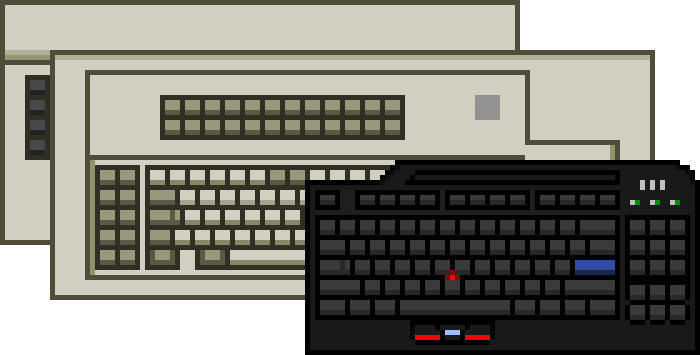P/N 3AA02285600 - Model M-e MANPOS Keyboard Details & Specs
Provided by the ASK Keyboard Part Number Database
Toshiba Modular ANPOS Keyboard
| MFI number | 3AA02284000 |
|---|---|
| Type | "Model M9-e" MANPOS Keyboard |
| Nickname | M9-e |
| OEMs or ODMs | Toshiba TEC |
| Keyswitches | IBM buckling sleeves (early or late POS type) |
| Earliest appearance | |
| Cover colour | Iron Grey |
| Branding | None |
| Feet | None |
| Protocol | IBM Mode 2 (scancode set 2) or USB HID |
| Connection | Black straightened-style detachable 6x2 IDC to dual 6-pin mini-DIN PS/2 Or Black straightened-style detachable 6x2 IDC to Type A USB cable |
| Number of keys | 117 |
| Form factor | Full-size |
| Layout & language | Spanish |
| Integrated pointing devices | POS Glide Pad & pointer/two-button Varatouch & touchpad module |
| Additional notes | Assembled at factory model, US, LA and EMEA only |
| Data last updated |

